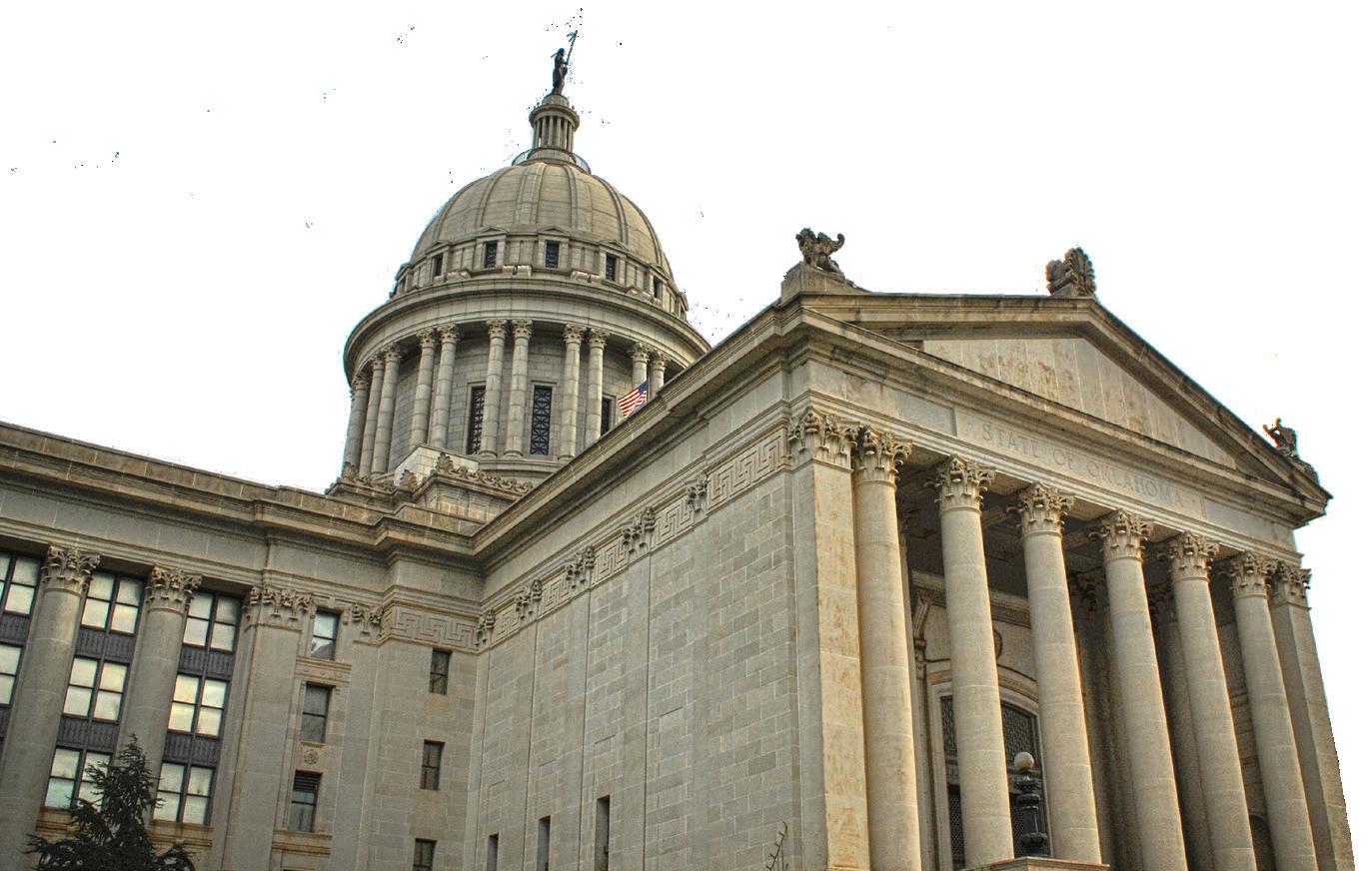FA ll 2020 | bet ter sch ools
31
Is There Equity in Equitable Services? Kathy Dunn, Federal Programs Consultant, CCOSA
The most efficient way to bridge the equity divide for remote learning is to give districts the funding to purchase mobile devices in bulk so that every student in the state has the technology they need to learn remotely. Gov. Stitt clearly recognizes the outsized impact that the pandemic is having on low-income students. The Governor’s earlier decision to distribute $8 million of GEER funding to public school districts was exactly the right way to ensure that schools can get what Oklahoma students need most — access to digital devices and the internet. It is both puzzling and disappointing that Gov. Stitt’s plan did not utilize additional funding to extend this reach into the homes of impoverished Oklahomans. The allocations for Learn Anywhere came in late July after schools had already purchased and trained teachers on their digital courseware for 2020-2021. Schools developed Distance Learning Committees in late March to research and determine which vendor’s digital courseware system best aligned with their district’s curriculum and instructional program. In many districts, courseware was selected, and teachers were trained before they went off-contract in late May. In the Governor’s Learn Anywhere project, there were no options, beyond one vendor for specific courseware products, for districts who had already invested in their district-adopted courseware. Gov. Stitt stated that any allocations not used by the public schools would be offered to the private schools and home schools.
While disappointed to not receive more support for Distance Learning, Oklahoma schools are grateful for Gov. Stitt’s disbursement of Personal Protective Equipment (PPE) to serve each school district with per-pupil amounts of gloves, masks, gowns, face shields, hand sanitizer, etc. The PPE was furnished through $10 million of statewide Oklahoma CARES Act general discretionary funding awarded to the state. Equitable Services Debacle The local districts’ applications for allocated ESSER funds were designed with a great deal of flexibility for districts to make purchases based on the unique needs of their schools. The CARES Act, Pub.L. 116–136, signed into law on March 27, 2020 included in the language of the law that equitable services for non-public schools would be determined “in the same manner as provided under section 1117 of the ESEA of 1965 [Elementary and Secondary Education Act of 1965 (ESEA)],” meaning that equitable services would be determined by the number of low-income students in the nonpublic schools, which was the same criteria as the allocations for public schools were determined. Equitable services became a hot-button topic for the nation’s schools when a little over a month later, April 30, Secretary of Education Betsy DeVos issued Non-Regulatory Guidance that was in conflict with the language of the CARES Act. DeVos’s Non-Regulatory Guidance called for non-public schools to receive an allocation distributed to every student in the non-public school, with the allocation coming from the public schools whose allocations were distributed based upon the number of low-income students in the public school. States rose up to speak against this disregard of the language in the law and miscarriage of the intent of the CARES Act. In response, Secretary DeVos issued an Interim Rule two months later on June 25, 2020 that, without the disapproval of Congress, would become final and be entered into the Federal Registry with the force and effect of law on July 31. The DeVos Interim Rule gave three options for equitable services (shown in chart 3 on page 33).
Federal Programs
In the Governor’s press release to announce the GEER projects, Governor Stitt stated how beneficial this project would be for a particular private school that serves homeless families who do not pay tuition to attend the school. By the numbers, there are 118 homeless students in the referenced school. In contrast there are over 6,000 homeless students in Oklahoma City, most being educated in OKC and surrounding public schools. There are also over 27,000 homeless students across the state of Oklahoma.













